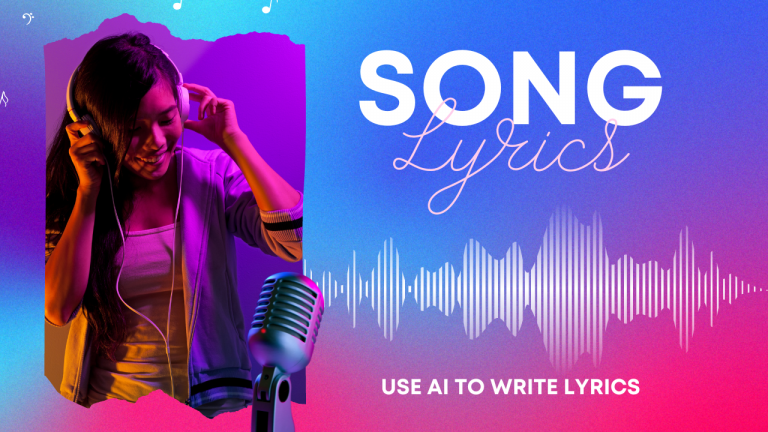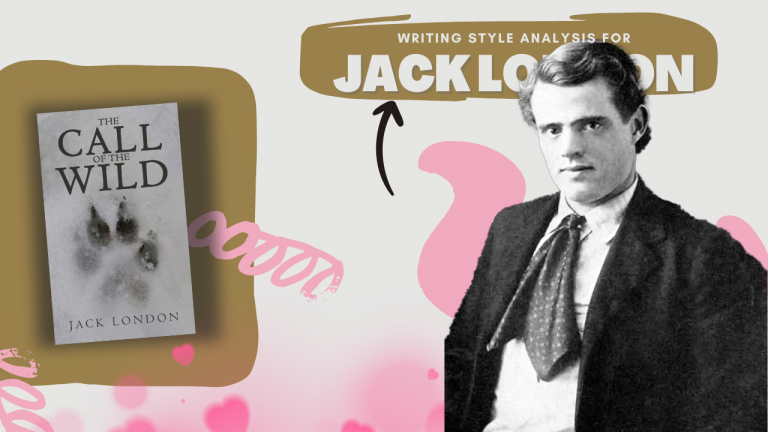Have you ever read a book and thought, “I’d love to write like Bella Andre”? It’s possible to emulate your favorite authors if you can uncover and learn their unique storytelling style. Every writer has a distinctive voice and approach to storytelling. By leveraging advanced AI, we can analyze these stylistic choices and emulate them.
To help you on your writing journey, I’ve decided to take a deep dive into the works of beloved storytellers and, with the help of AI, provide a detailed analysis of their writing styles. Join me as we unravel the secrets behind their storytelling magic!
Bella Andre’s writing style weaves together romance, humor, and relatable characters to craft a heartwarming story. To emulate Bella Andre’s style, focus on creating relatable characters with humorous quirks, incorporating strong female friendships, and building a romantic comedy tone. Balance lighthearted humor with emotional depth and romantic tension while using detailed settings to enhance the mood.
Romantic Comedy Tone: Combine lightheartedness with romance to create a comforting, humorous atmosphere. Inject situational humor to balance tense or emotional moments: “Mia grinned. ‘Pretty good dominatrix voice, don’t you think?’” And “A fleeting thought passed through Colbie’s mind that the only thing that would make the situation worse was if some hot, single guy…found her with her butt up in the air and snow plastered to her face.”
Engaging Characterization: Develop relatable, down-to-earth characters with strengths and flaws. Use dialogue and inner monologue to reveal their quirks and vulnerabilities: “Colbie Michaels tried to ignore the way her heart beat faster and faster with every foot the lift cleared.” And “Mia Sullivan’s voice finally made it through to her brain, as did the fact that her friend’s legs swinging back and forth were making the whole chair rock.”
Strong Female Friendships: Highlight close, supportive relationships between female characters. Show genuine affection, humor, and loyalty among friends: “Only her best friend. As the only girl in a family with four boys, Mia Sullivan, had learned to speak up early in life.” and “Yesterday they’d gone out snowshoeing during the day and then spent the night drinking too much and laughing more than she’d laughed since their vacation last year.”
Naturalistic Dialogue: Write dialogue that sounds realistic and reflects each character’s personality. Mix casual conversation with teasing banter to reveal relationships: “Look who’s using the dominatrix voice now.” And “Don’t make me get out my whip.”
Nostalgic Flashbacks: Incorporate flashbacks to reveal backstories and add depth to relationships. Blend past and present to provide context for current emotions and dynamics: “She still remembered the first time she’d seen Mia. They’d been five years old and brand-new kindergarteners.”
Detailed Setting and Atmosphere: Use vivid descriptions to create a strong sense of place. Blend setting details with the characters’ emotions to enhance the mood: “The sky was blue, the air smelled crisp and clean, the fresh snow from the night before was soft and fluffy on the branches of trees.”
Pacing and Plot Progression: Maintain a steady pace by alternating between dialogue, action, and inner thoughts. Structure the plot to gradually build tension while keeping the tone light: “And for a moment, as her skis actually went in the direction she pointed them… it seemed like it would. Until a small child suddenly came careening toward her.”
Romantic Tension and Chemistry: Establish romantic chemistry through brief yet impactful interactions. Set up anticipation by introducing the love interest at a humorous or dramatic moment: “A deep, slightly rough voice say, ‘Are you okay?’”
Optimistic and Hopeful Themes: Emphasize themes of personal growth, overcoming fears, and finding happiness. Focus on characters’ journeys towards love, friendship, and self-acceptance: “Intent on relaxing her too-tight stomach muscles, she took a deep breath and looked out at the truly spectacular view.”
Do you want to write like Bella Andre?
As we conclude this exploration into the unique writing style of romance author Bella Andre, it’s clear that each writer’s voice is not just a mere echo of words but a powerful tool that shapes our understanding and enjoyment of their stories.
You can click here to view the writing style analysis of other great authors. By dissecting the elements that make each author’s style distinctive, we gain valuable insights into the craft of writing that can inspire and inform our own creative efforts. With the assistance of advanced AI, we’ve peeled back the layers of narrative techniques, thematic depth, and character development that define these literary giants.
This journey has not only highlighted the diversity of literary styles but has also shown how these styles resonate with readers across different genres and eras. Whether you’re an aspiring writer seeking to hone your craft or a literary enthusiast eager to understand the nuances of your favorite authors, this series has offered a roadmap to the richness of narrative expression.
The power of storytelling is universal, transcending time and geography. By learning from the masters, we can all aspire to reach new heights in our writing endeavors. Let’s carry forward the lessons learned, and the inspiration gained as we continue to explore and expand our own narrative voices.






